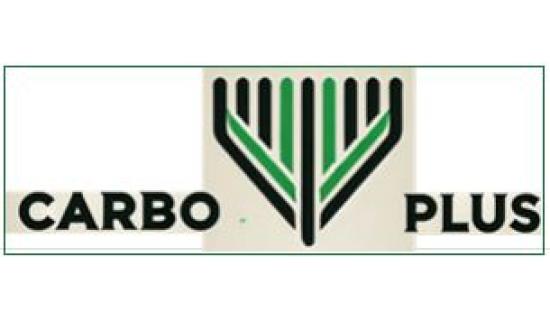Project CARBO PLUS
12 Reconstructed CARBOn fabrics for mass Production of Low impact sUstainable compositeS
CARBO-PLUS completes what is already being done by ENEA MCC (Faenza), Certimac (Faenza), University of Bologna and Consorzio MUSP (Piacenza) in spoke 1-WP5 of project ECOSISTER, for automotive and aeronautical applications. The new proposal aims to maximise the collaboration with the regional production system and address the needs of local (Emilia-Romagna Region) manufacturing mass productions regarding to:
- fire-resistant and recyclable composites;
- use of composites in constructions, renewables production and marine; CARBO-PLUS completes what is already being done by ENEA MCC (Faenza), Certimac (Faenza), University of Bologna and Consorzio MUSP (Piacenza) in spoke 1-WP5 of project ECOSISTER, for automotive and aeronautical applications. The new proposal aims to maximise the collaboration with the regional production system and address the needs of local (Emilia-Romagna Region) manufacturing mass productions regarding to:
- fire-resistant and recyclable composites;
- use of composites in constructions, renewables production and marine;
- out-of-autoclave curing of recyclable composites;
- avoiding smells, use of solvents and VOCs in their production premises;
- cheaper and more efficient production processes;
- reuse of secondary raw materials.
The three following E-R region Industrial end-users have signed a LOE (Letter of Endorsement) to CARBO-PLUS:
1) Ferretti Spa (www.ferrettigroup.com), about the marine applications. In particular the composite technologies (fire-resistant and recyclable FMLs, Fiber Metal Laminates, and FML sandwich structures) has to be adapted and certified by RINA for the nautical sector. The experimental and demonstrative part of the work will follow a modelling study, up to MUSP.
2) Laterlite (www.laterlite.com) about the applications in the constructions field. In particular ENEA and Certimac will develop the production of FRP (Fiber Reinforced Plastic), to reinforce concrete.
3) Both the solutions cited above (FML and FRP) are currently using only glass fibres, but CARBO-PLUS will enquire, for the same applications secondary C fibre, obtained by pyrolysis. In Emilia Romagna Region the main industrial reference in the field is Curti Costruzioni Meccaniche (www.curti.com) who has developed the industrial recycling of C fibre in collaboration with HERA and UniBo).
CARBO-PLUS will study the industrial reuse of short carbon fibre from pyrolysis, as a secondary raw material, which is usually obtained in the form of "fluffy" fibre: the project will aim at transforming this "fluffy" fibre into a semi-finished textile product, maximising the added value of recycled carbon fibres. This topic has been actively studied by ENEA Brindisi in the last 8 years, developing a specific patent and pilot plants to reconstruct recycled C fibres into new yarns. ENEA Faenza & Brindisi expertise and facilities have recently (since the 1st of July) been joined into ENEA MCC laboratory, devoted to Materials, Ceramics and Composites, which includes several pilot plants and characterisation facilities. In Faenza, ENEA shares its facilities with Certimac.
In CARBO-PLUS, ENEA MCC will coordinate the partners Certimac, MUSP and UniBo in a 9-months program that aims at validating and demonstrating the innovations (in terms of fire-resistance, sustainability and reuse of secondary raw materials, and weight saving) up to real scale components. In the project, MUSP will focus on the modelling part, while UniBo will focus on the closed loop recyclability of Aluminium, being “sol-gel treated Aluminium foils” the enabling technology which allow to match composite recyclability and fire resistance.
The program will be in closed synergy with ongoing Ecosister project:
● Spoke 2 regarding renewable energy storage, due to the importance of structural fire-resistant composites made from secondary raw materials, for example, for hydrogen storage;
● Spoke 4 regarding composite materials in constructions, again with strong requirements for low cost, high strength, recyclability, use of secondary raw materials, and fire resistance.

